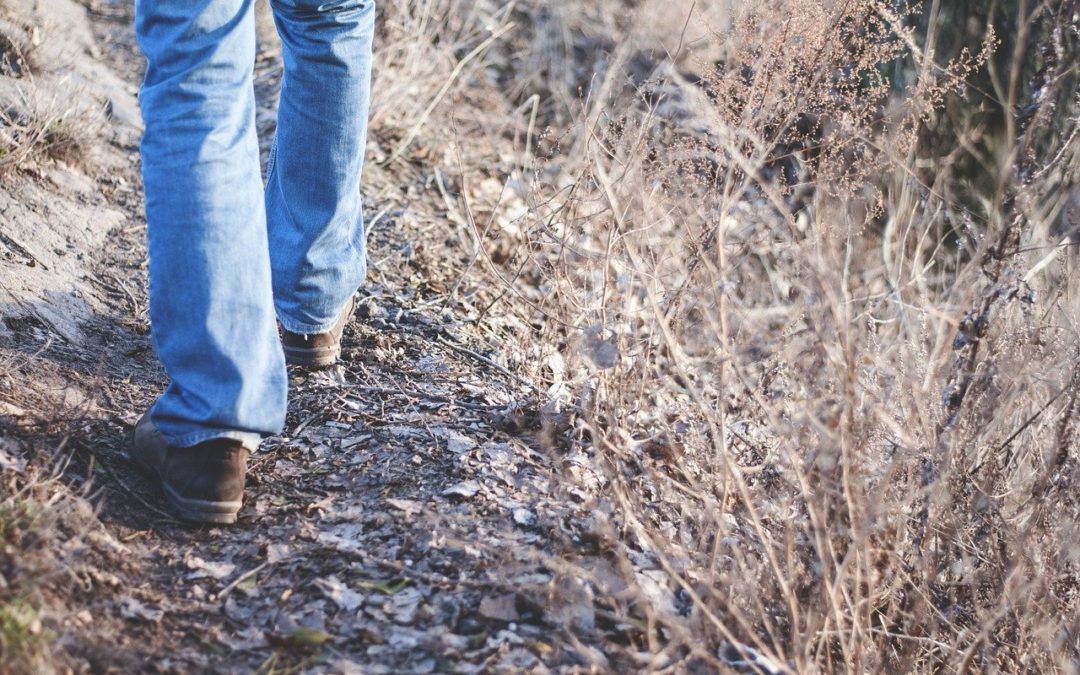By Deb Matlock
Feeling our toes in the mud.
Humming along with the birds.
Leaning up against a tree.
Howling with the wind.
Working with soil.
Over the course of my career, I have encountered countless people who felt alienated or intimidated at the thought of deeply exploring their relationship with nature and trusting their experiences of connection. They were concerned they might “do it wrong.” However, the contrary is where the truth lies. Unless we are being disrespectful and causing harm, there really is no “wrong way.”
Expressions of nature connection are as varied as there are people. Our unique expressions exist like individual flowers, original and impressive, even if part of a larger field. We are a part of nature. We cannot choose otherwise. We can pretend, but with every sip of water, breath of air, or bite of food, we are securing our intimate connection with, and as part of, all life. How amazing is that?
Connection to nature is a birth rite of all beings. No one culture, race, religion, or group has an exclusive claim to this connection. In fact, the word connection is inadequate as it implies a division which is not possible. We are nature, we are earth, and we are always connected.
This relates to all expressions of “connection” – religion, spirituality, the ability to communicate with animals and other non-human beings, nature-based ceremonies, etc. Stealing ceremonies from another person or culture degrades not only their sacred expressions, but our own explorations as well. Our deep and meaningful relationships with life can and do yield stories, activities, and ceremonies unique to each of us.
Our job, then, is to find our way to our own sense of deep connection. What are the stories we create with the land? What ceremonies emerge organically from our relationships with the world around us? How do we locate ourselves within this vast web of ecology…consciously, sensually, with respect and awareness? How can we feel both unique and like part of a much larger and complex whole? These are questions I live with and have found great value in exploring.
I love to walk or hike silently and sense the landscape. Using my senses, I can often get my mind to quiet down a bit and open to the stories and rhythms of the natural world. In these stories, whether audible or sensed, windows of connection emerge. Do I want to rest by that tree? Am I compelled to spend time with a bird who is flitting around busy with her daily work? What can I learn about these animals, these places, myself in these moments? Perhaps I will want to write a poem or sketch. Perhaps I will instead close my eyes and just let the rhythms of the wildness permeate me deeply. Maybe, I just note the beauty and keep walking or working. In all cases, these intimate experiences are reflections of my connection to the world and my experience of being alive on this amazing earth. There is no one “right way” to connect. If we are not causing harm, our own ways of connecting are a natural part of the wild rhythms surrounding and residing within us all.
Deb Matlock grew up in the mountains of Colorado and is deeply committed to nurturing the connection between people, animals, earth, and spirit. She has spent twenty-five years working as a professional environmental and humane educator and naturalist. Additionally, Deb offers shamanic-style spiritual guidance, animal communication, nature connection workshops, and retreats through her business, Wild Rhythms. She is passionate about helping people find connection and deep spiritual meaning in their lives and in the places where they live. Deb holds a Master of Arts in Environmental Education from Prescott College and is pursuing her doctoral degree in environmental studies at Antioch University New England.
Interested in exploring sacred connection to earth, animals, and spirit? Join the Wild Rhythms Facebook group.

